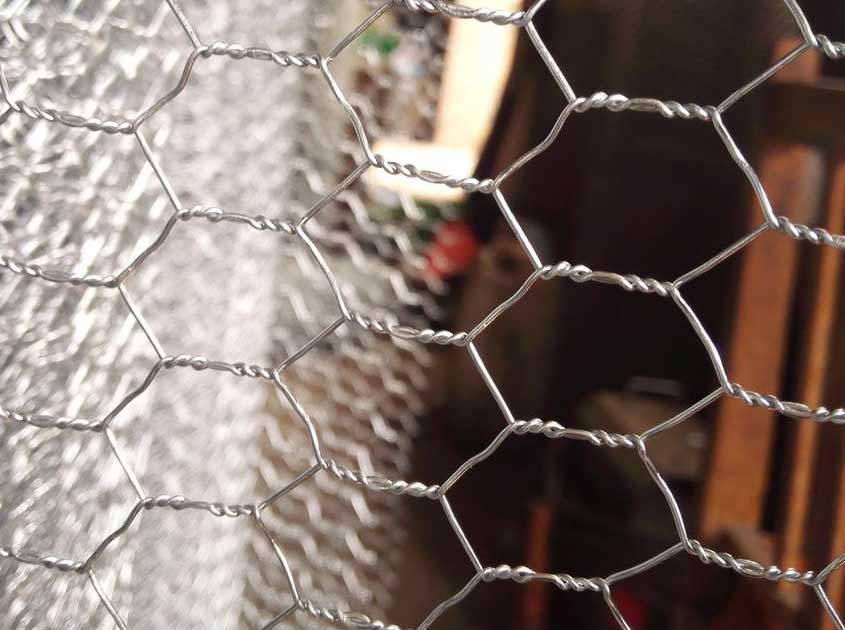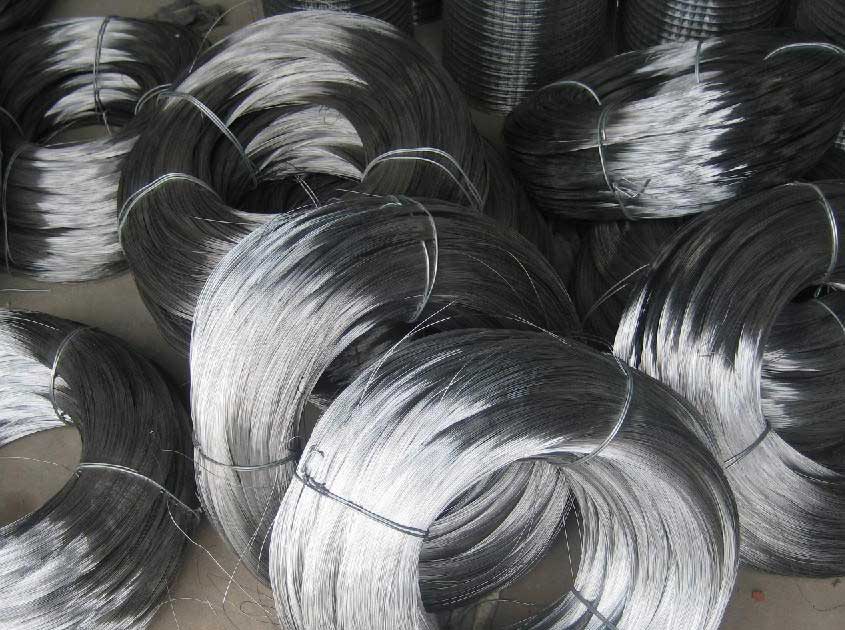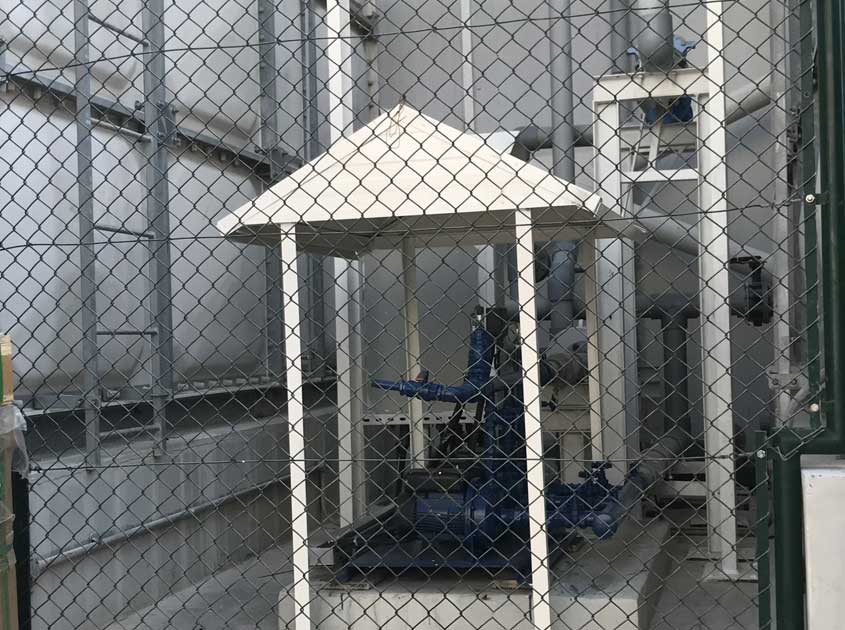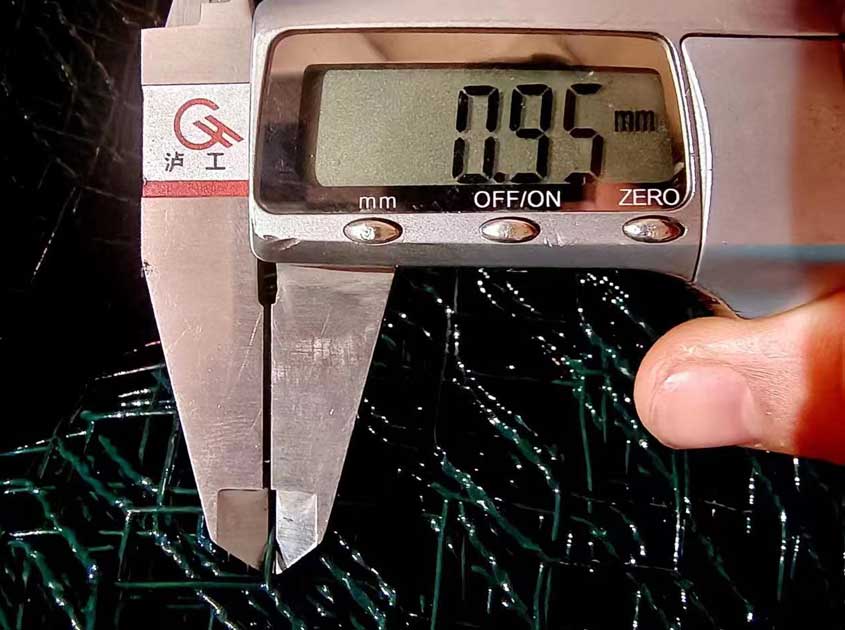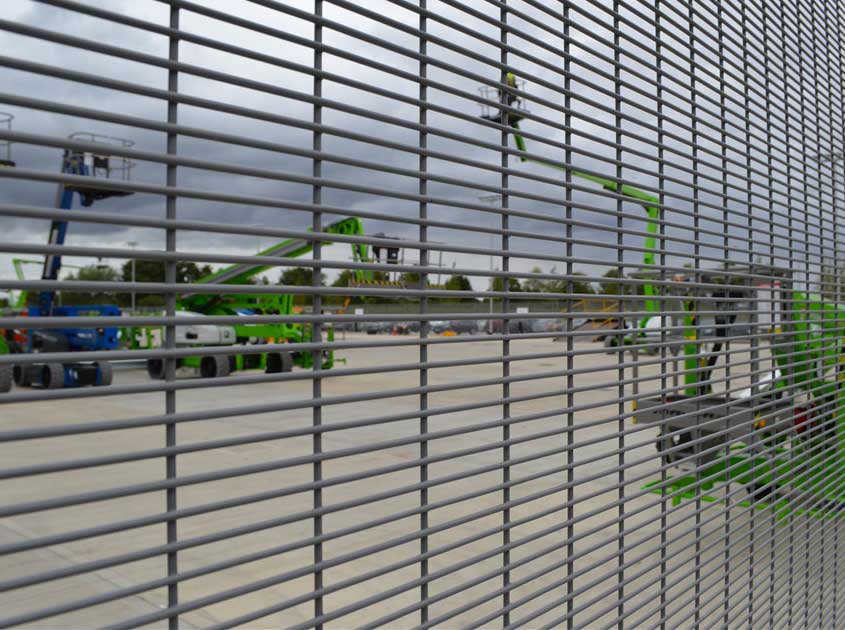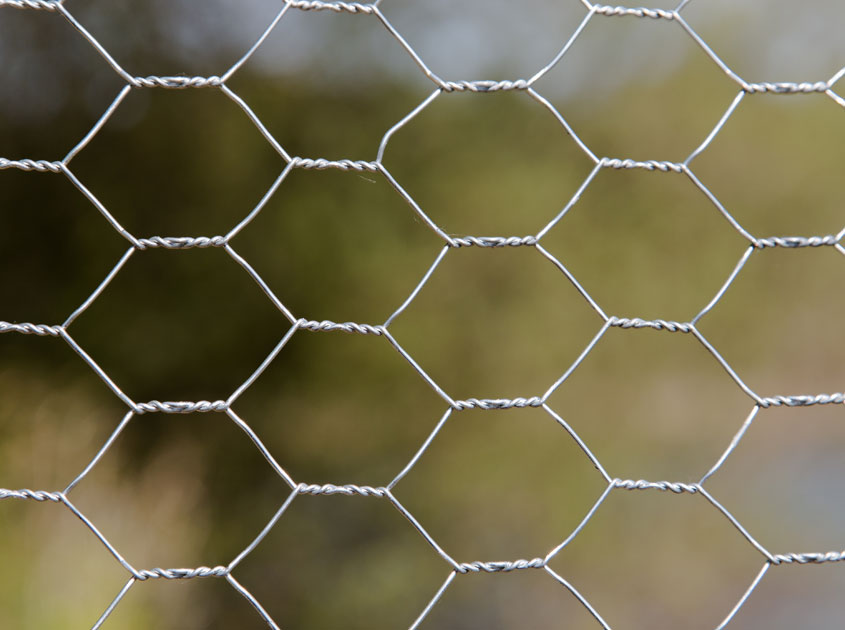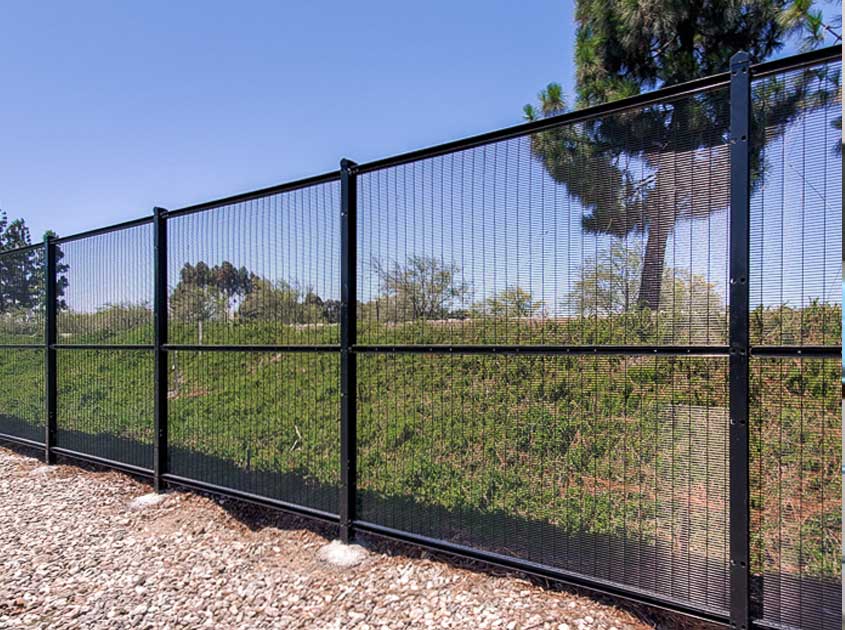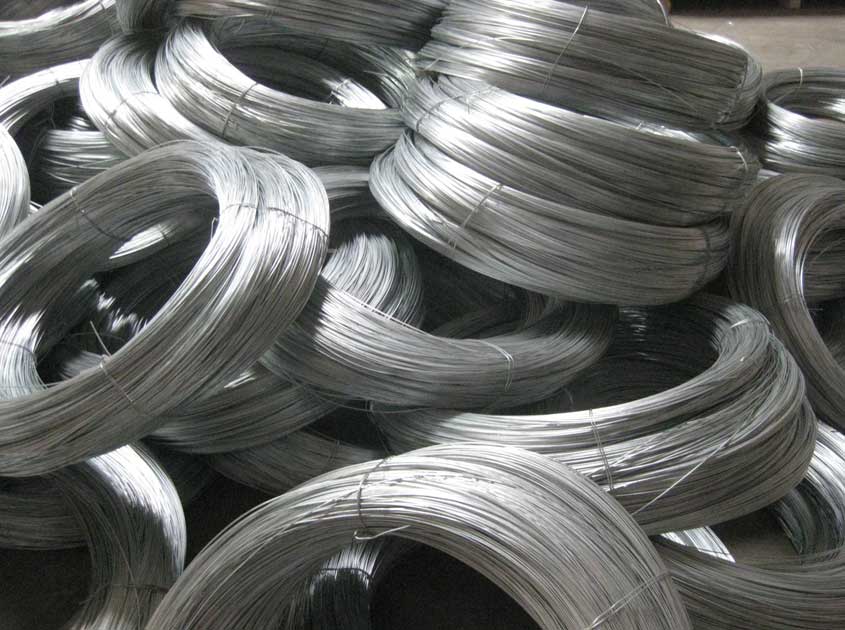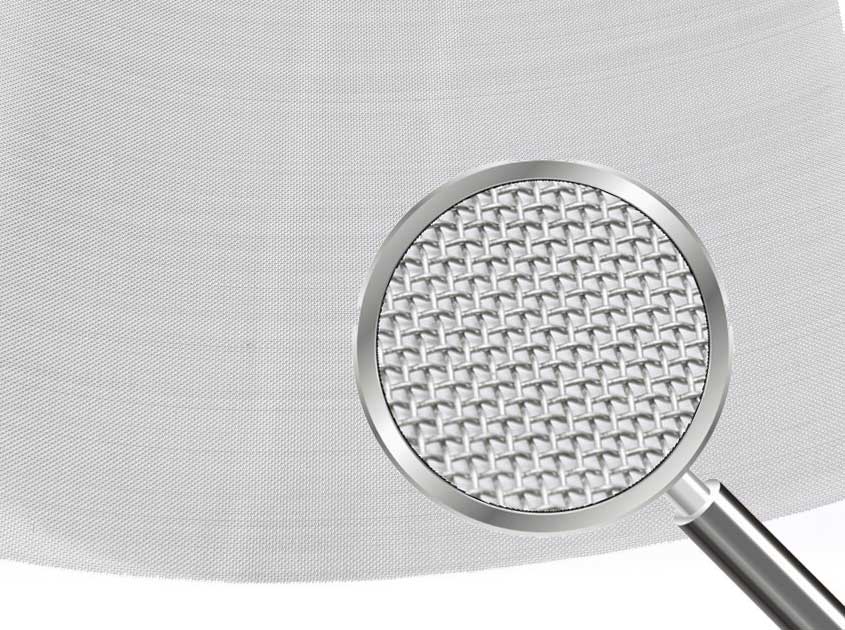Triangle iron European guardrail
The wooden guardrails around the mansions of the nobles that we have seen in the film and television are its predecessors. It is antique and luxurious without losing the style.
With the development of the times, the European-style guardrail has now been replaced by metal instead of wood, which is more convenient to maintain and increase its protective capacity and service life, and the overall cost is greatly reduced.
Nowadays, European-style guardrails have been widely used all over the world, especially in the United Kingdom, Australia and other places. The scope of application has also changed from high-end manors in the past to ordinary residential communities, parks, factories and mines, road traffic, airports, etc.
European-style guardrail can be divided into W-shaped, D-shaped and angle iron-shaped guardrail from its appearance. The top of the vertical plate can be made into three-pointed, triangular single-pointed, rounded and other shapes according to the use environment and protection level. The top is bent and a razor barbed wire is added to improve its protective ability.

The European-style guardrail is made of three parts: a column, a beam, and a vertical plate. All of its connections are made of anti-theft bolts. The connection is simple and fast. When the parts are transported, the parts are packed in bulk, which greatly saves the transportation cost.
The surface treatment of European-style guardrail can be divided into: post-hot-dip galvanizing, post-hot-dip galvanizing + PVC, galvanized raw material + PVC, etc. Its maximum anti-corrosion ability can be as high as more than 50 years, and the PVC treatment of different colors has increased its The colorful appearance is unmatched by other metal fences.
European-style guardrail-angle iron guardrail, this kind of guardrail is currently mainly used for the protection of high-end equipment and facilities, such as signal towers, base stations and other communication and power equipment facilities.
-
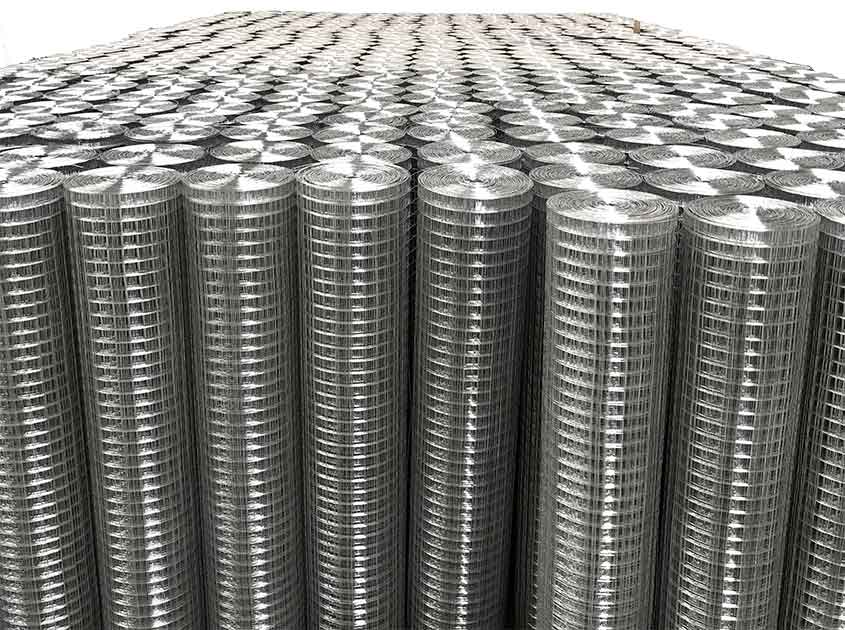 ¿Por qué elegir la malla metálica soldada 03. 21, 2025
¿Por qué elegir la malla metálica soldada 03. 21, 2025

- Teléfono: +86 311 83077076
- Correo electrónico: natalia@qunkun.net
- Messenger: https://www.facebook.com/na.natalia.3781/
- WhatsApp: +8615533680669
- Añadir: No 69-70, el parque industrial de filtros del condado de Anping, Hebei China




